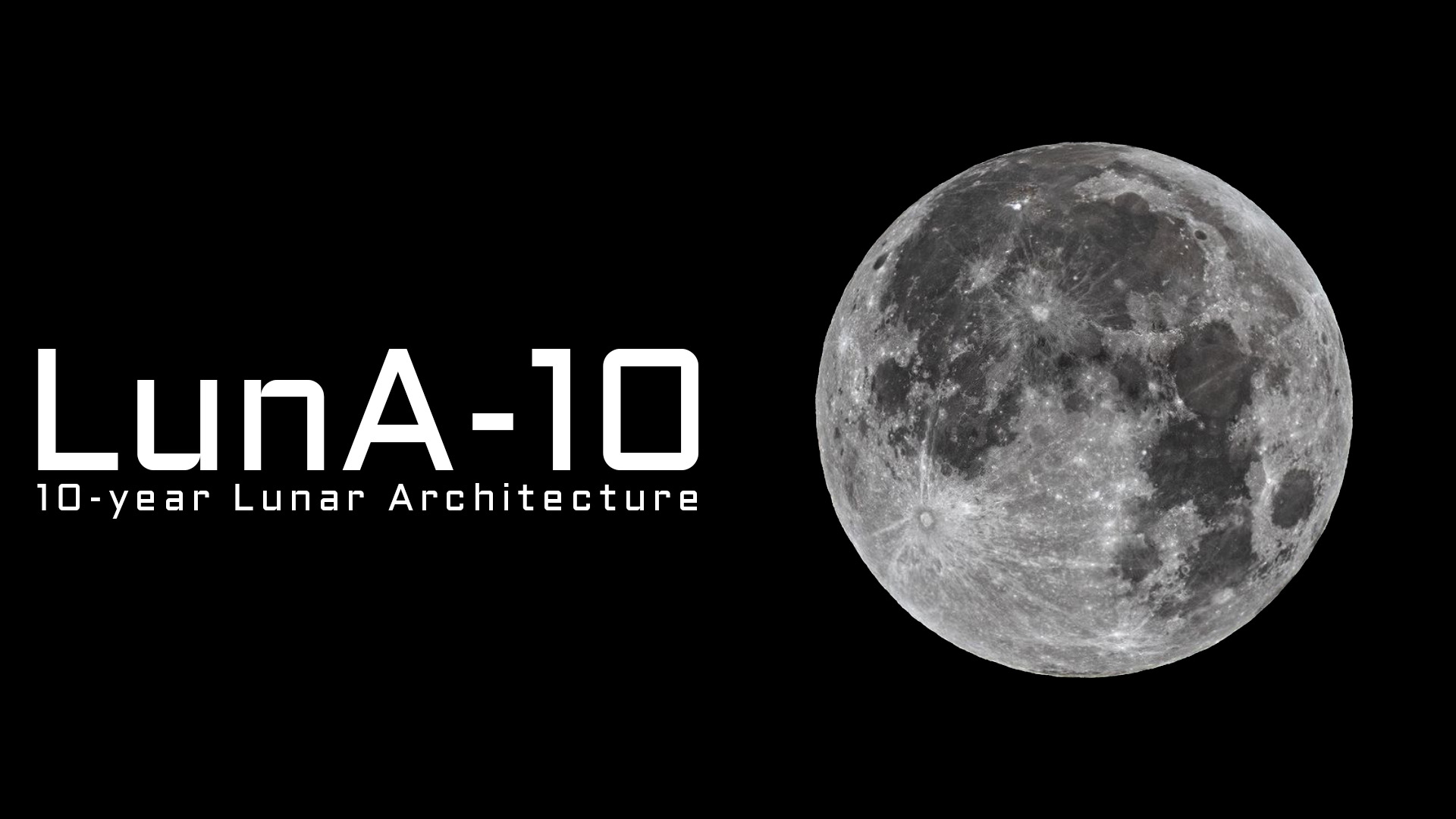
Railroads could open the moon to serious and sustained economic development, as they did in the American West in the late 19th century.
That's apparently the hope of the U.S. Defense Advanced Research Projects Agency (DARPA), which is supporting the development of a "lunar railroad" concept proposed by aerospace giant Northrop Grumman.
"The envisioned lunar railroad network could transport humans, supplies and resources for commercial ventures across the lunar surface, contributing to a space economy for the United States and international partners," Northrop Grumman representatives wrote in a press statement on Tuesday (March 19).
Related: DARPA wants to build a 'thriving commercial economy' on the moon in 10 years
Northrop Grumman was one of 14 companies that DARPA selected this past December to participate in its 10-Year Lunar Architecture (LunA-10) Capability Study, which aims to help humanity extend its economic footprint into deep space.
"A large paradigm shift is coming in the next 10 years for the lunar economy," Michael Nayak, program manager in DARPA's Strategic Technology Office, said in a statement last August, when the agency announced the LunA-10 project.
"To get to a turning point faster, LunA-10 uniquely aims to identify solutions that can enable multi-mission lunar systems — imagine a wireless power station that can also provide comms and navigation in its beam," Nayak said. Such work, he added, will accelerate "key technologies that may be used by government and the commercial space industry, and ultimately to catalyze economic vibrancy on the moon."
Get the Space.com Newsletter
Breaking space news, the latest updates on rocket launches, skywatching events and more!
While DARPA's December press statement revealed the 14 selected companies — which also include big names like SpaceX and Jeff Bezos' Blue Origin — it did not describe the work that they will do.
Northop Grumman gave a brief outline of the lunar railroad investigation in its statement on Tuesday. The company's LunA-10 study will do the following (in Northrop Grumman's words):
- Define the interfaces and resources required to build a lunar rail network.
- Establish a critical list of foreseeable cost, technological and logistical risks.
- Identify prototypes, demonstrations and analyses of a fully operating lunar rail system’s concept design and architecture.
- Explore concepts for constructing and operating the system with robotics, including grading and foundation preparation, track placement and alignment, joining and finishing, inspection, maintenance and repair.
Northrop Grumman's Tuesday statement did not provide funding details. DARPA gives a ballpark number in its August 2023 announcement, stating that selected studies "will receive an Other Transaction award not to exceed $1,000,000."
The selected LunA-10 companies will share their work at the Lunar Surface Innovation Consortium Spring Meeting next month and write up final reports that will be released in June, according to DARPA.
Join our Space Forums to keep talking space on the latest missions, night sky and more! And if you have a news tip, correction or comment, let us know at: community@space.com.

Michael Wall is a Senior Space Writer with Space.com and joined the team in 2010. He primarily covers exoplanets, spaceflight and military space, but has been known to dabble in the space art beat. His book about the search for alien life, "Out There," was published on Nov. 13, 2018. Before becoming a science writer, Michael worked as a herpetologist and wildlife biologist. He has a Ph.D. in evolutionary biology from the University of Sydney, Australia, a bachelor's degree from the University of Arizona, and a graduate certificate in science writing from the University of California, Santa Cruz. To find out what his latest project is, you can follow Michael on Twitter.
-
It'smeagain I am so excited to have learned of this plan! I understand that some of the concepts details will be forever classified. But I really hope DARPA and Northrop Grumman do agree to publish an informative article about the completed concept! Questions abound! What currently-hidden technologies will be revealed in the design? Or will the primitive gyroscope be a leading component? Will the bulk of the necessary raw materials need to be transported from earth? Or will they be mined directly from Creiddylad's own cache of resources? I guess only time will tell.Reply
Shout out to NASA's very own James Oberg! Hang in there, Mr Jim! If we both take our vitamins and keep a plug in the jug, maybe we will make it to the christening ceremony of the actual railroad!









